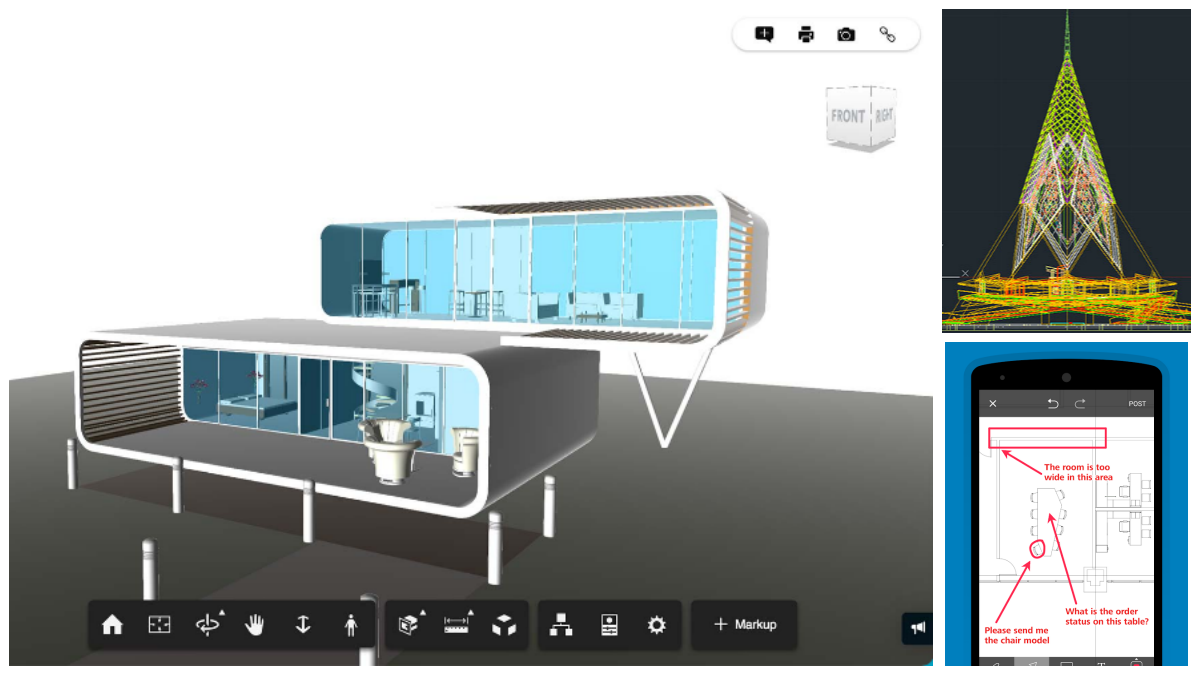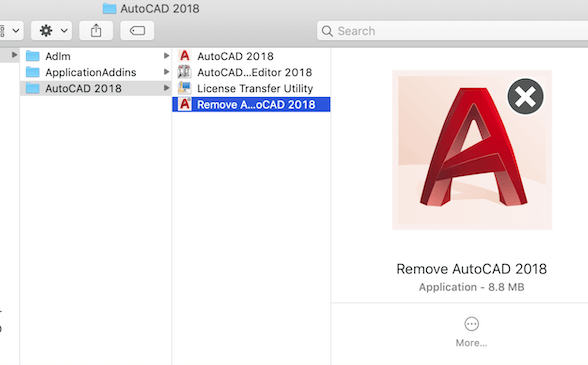

When appropriate, the subpart may override the attribute inherited from its parent. Part-whole inheritance allows the values of engineering attributes in the subparts to be inherited from attributes with the same name higher in the product structure tree.

This is in contrast to the complex addressing system that one is forced to use when writing large programs in traditional programming languages.

For example, one can access the screw's catalog-number by writing “(the :screw :catalog-number)”. Attributes and behaviors can be accessed by “asking” the object directly. Symbolic referencing allows the developer to define complex relationships between different parts in the product structure tree. Each definition can be made small and easy to understand, which makes the overall product definition very modular and easier to maintain. Also, mixins allow the developer to include identical information into more than one object thus avoiding having to repeat the information for each object. Mixins allow the developer to build complex definitions by “mixing” together simpler definitions. This makes it easy to allocate different components of the project among several members of the development team. Each level of the product structure tree can be developed separately. The tree is not limited in its width or depth. The product can be divided into its subassemblies, those subassemblies divided further into individual parts, parts are divided into their physical features, and the features are divided into geometric primitives.

The product structure tree can be used to represent the way an engineer thinks about the product structure of the mechanical assembly. The developer can combine these objects to form more complex objects and can augment them with attributes and behaviors relevant to the specific design task. IGES or Unigraphics) to reveal normal vectors from each of their faces and to be positioned with respect to other objects via English-like constraints (e.g. Example behaviors for boxes include the ability to display themselves in the ICAD Browser to produce CAD file descriptions of themselves (e.g. Boxes, for example, have attributes of length, width, height, location and orientation, as well as volume and specific gravity. Predefined objects include lines, arcs, splines, boxes, cylinders, surfaces, and solids. IDL provides a set of geometric primitives that contain the attributes and behaviors required of physical objects. The separate parts can be developed individually and assembled later. The use of objects allows the developer to think about the overall product in terms of relationships between separate parts. The most intuitive use of objects is to represent real world physical objects such as screws or mold bases, however, objects can also represent non-physical things such as drawing views, manufacturing processes, or operations.
#Quit isodraft in autocad for mac software#
“Objects” are software representations that contain the attributes and behaviors of the thing you are trying to represent. Object-oriented definitionsĬomponents of the product are defined as separate “objects”. 5 The following describes some of the features of IDL that make it possible to develop software systems that represent large and complex mechanical systems. The developer always has access to LISP but does most of the work using the ICAD Design Language (IDL). The development environment is built on the LISP programming language. The major components of the ICAD System are its language, the compiler, and the ICAD Browser. 4 The ICAD System is an object-oriented software development environment particularly suited to problems that require physical reasoning along with expert knowledge. The rest of the software for ESKIMO has been developed with The ICAD System from ICAD, Inc. One uses the ANVIL-5000 system and the other uses the Unigraphics II system.) These programming languages were used to develop interactive programs running in the CAD system that gather the initial set of inputs from the mold designer and from the CAD model of the plastic product. (There are two communities at Kodak who are using the ESKIMO software. Playing a minor role in the development of the ESKIMO software were the graphics programming languages within the Unigraphics 2 and ANVIL-5000 3 CAD/CAM systems. Gammons, in Artificial Intelligence in Engineering Design, Vol3.4.


 0 kommentar(er)
0 kommentar(er)
